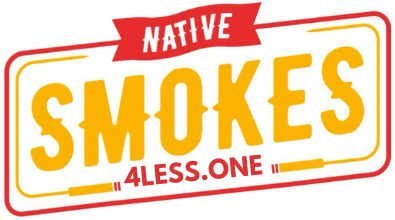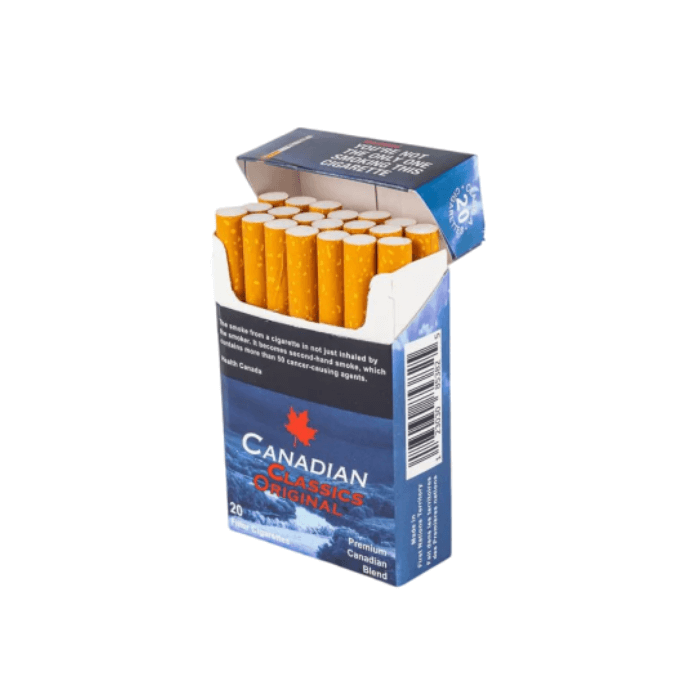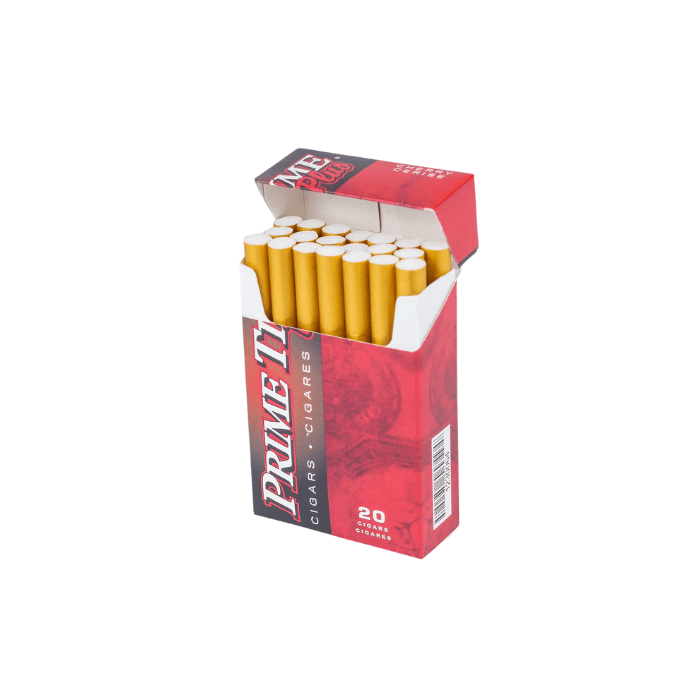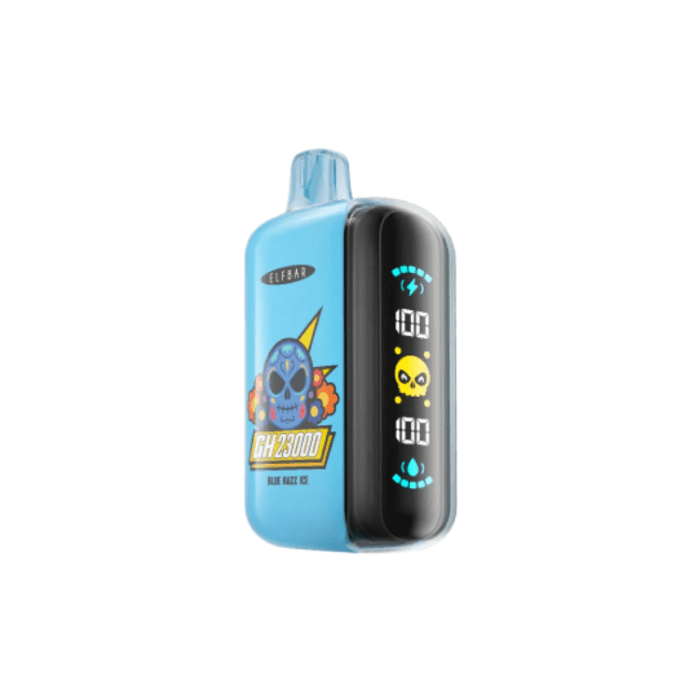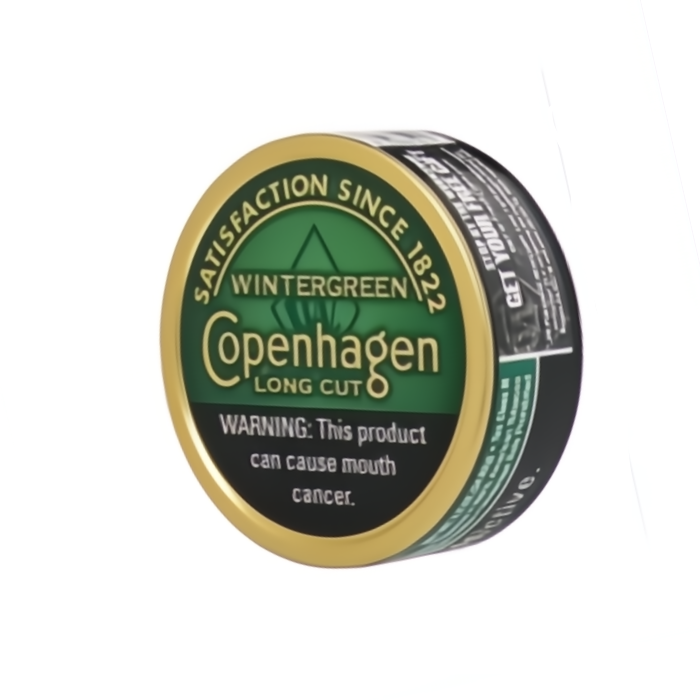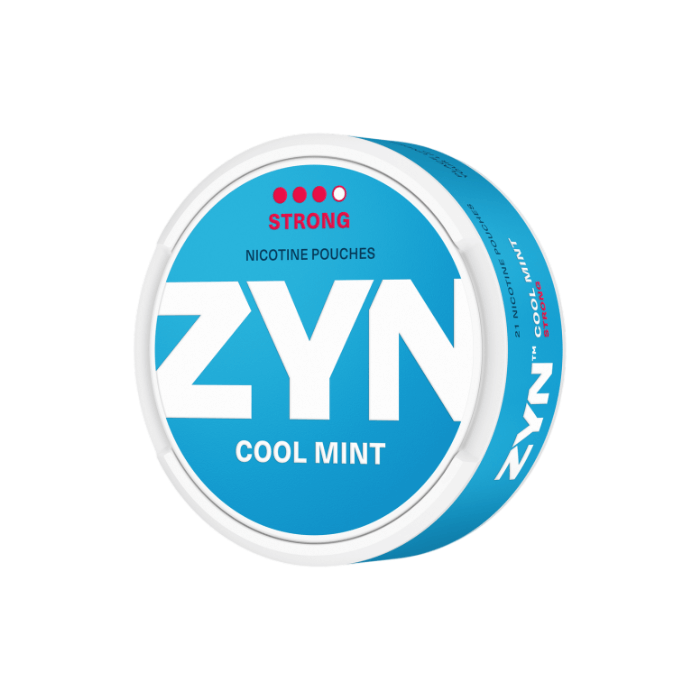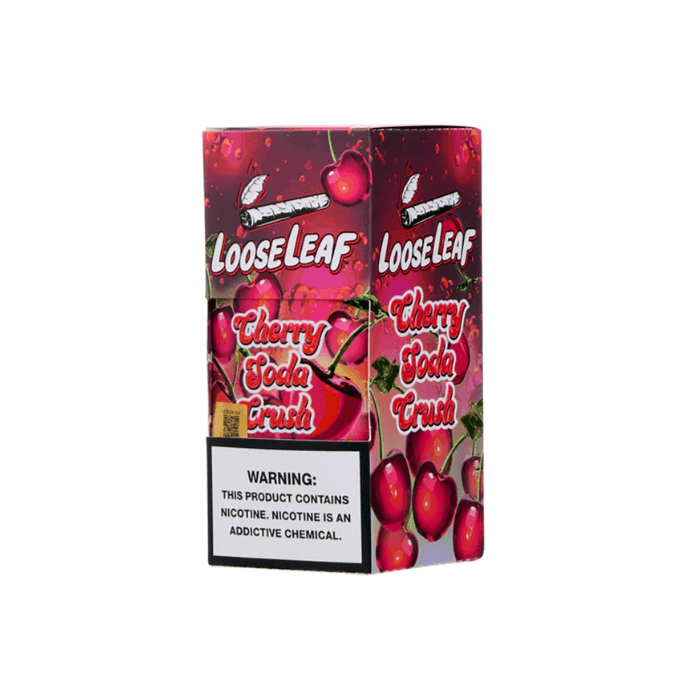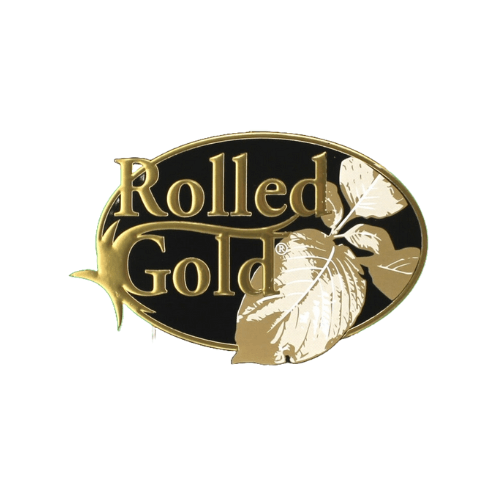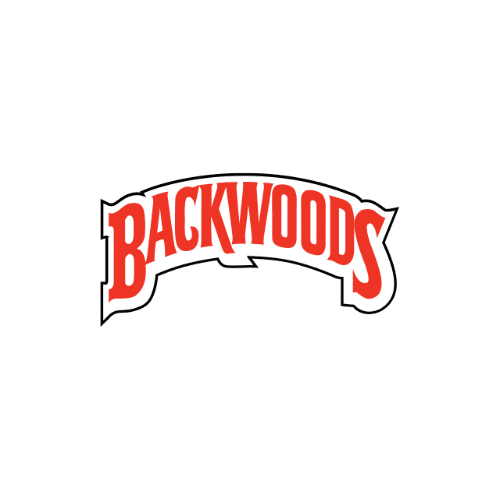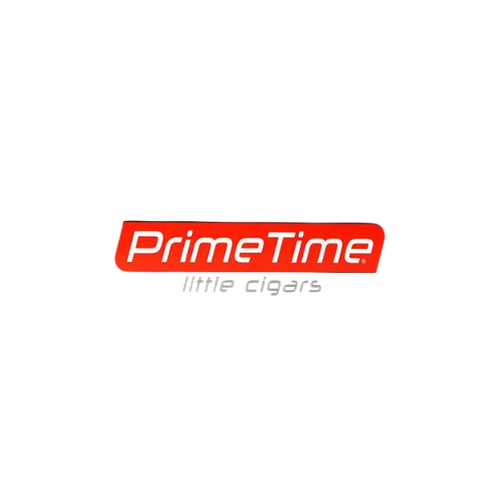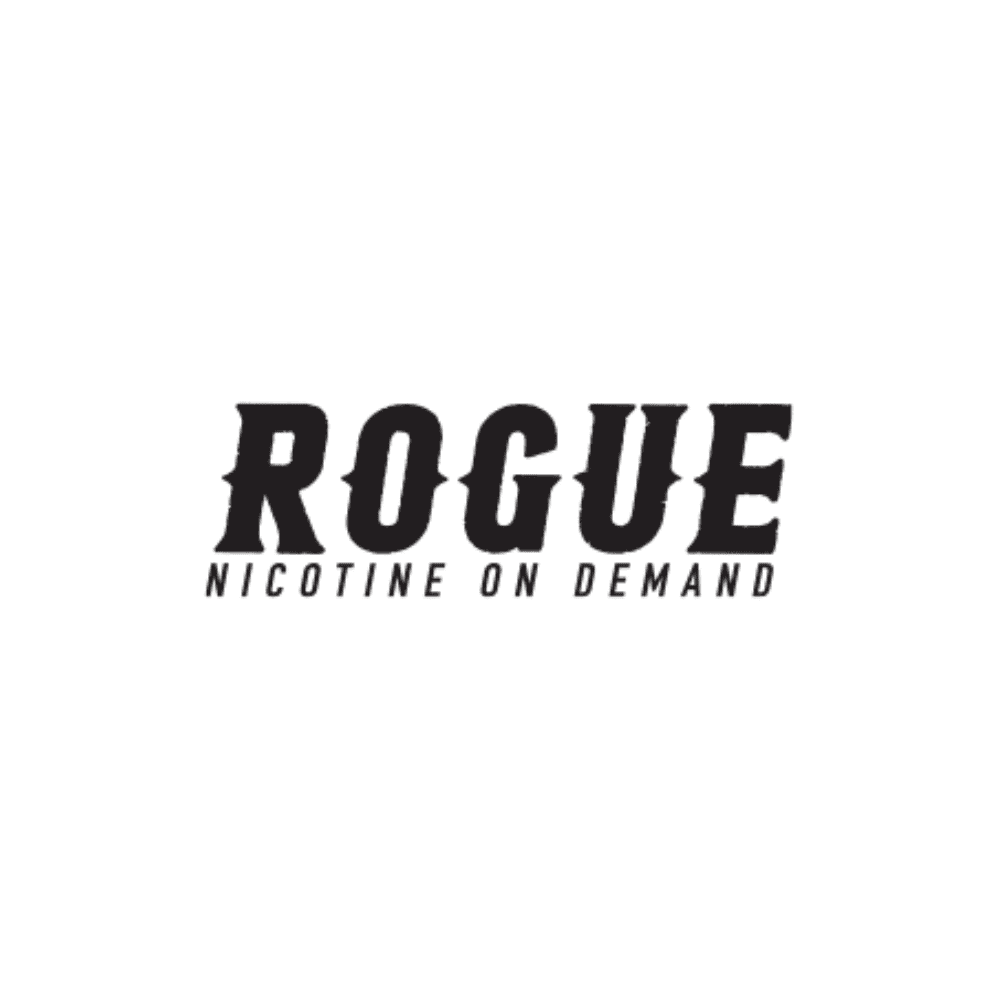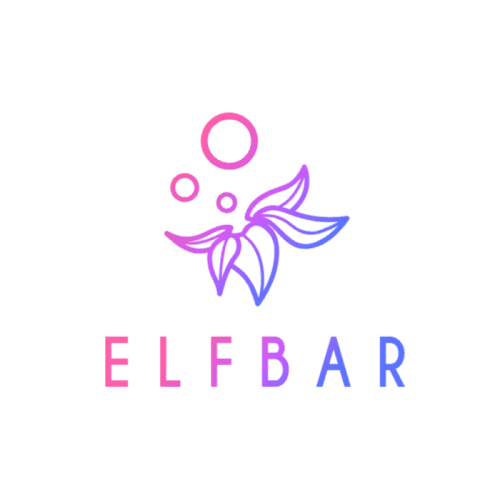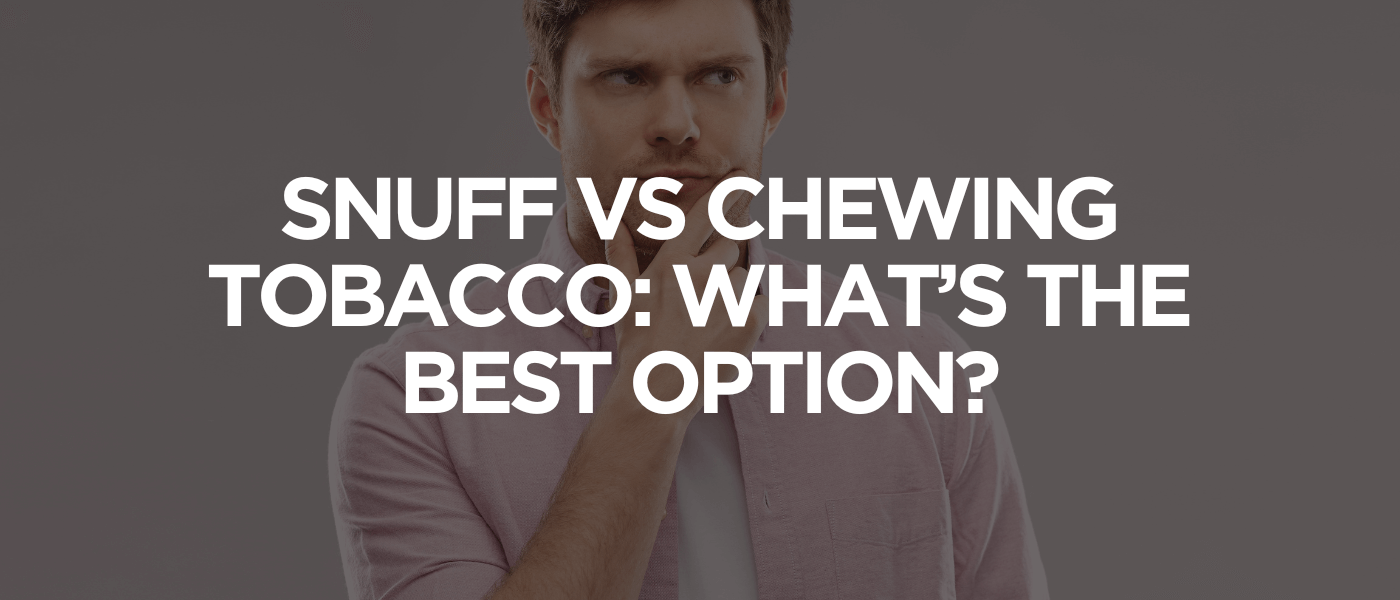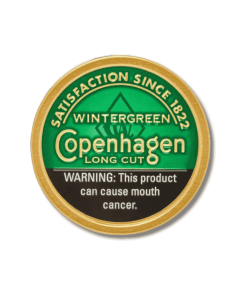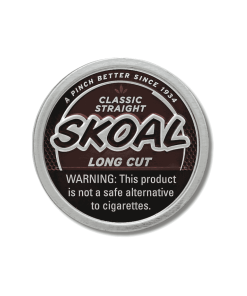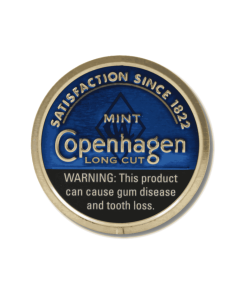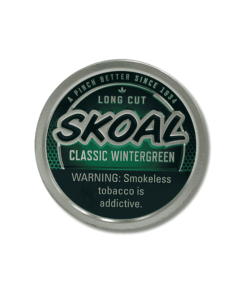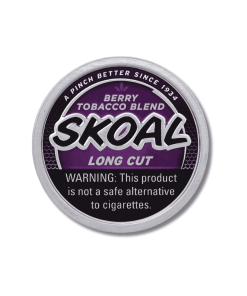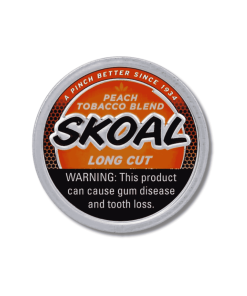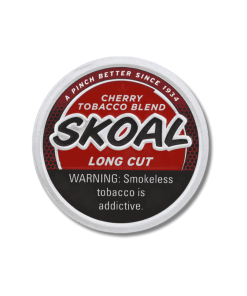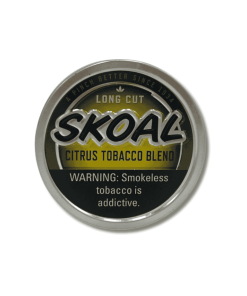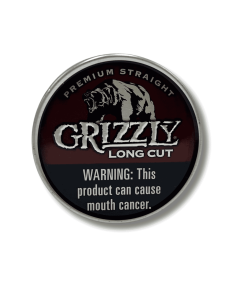Uncategorized
Snuff vs Chewing Tobacco: What’s the Best Option?
When talking about smokeless tobacco, two products that are consistently mentioned by many nicotine users are snuff and chewing tobacco. Both products have been around for centuries, shaped by culture, tradition, and personal preferences.
Some people enjoy the ritual and social aspect of chewing tobacco, while others gravitate towards the convenience and discreetness of snuff. But which is the better option between these popular smokeless tobacco products?
This article by Native Smokes 4 Less takes a closer look at snuff versus chewing tobacco, their distinctive qualities, their differences, and the pros and cons of each, so you can make a more informed choice when picking one smokeless tobacco product for your daily nicotine needs.
- Snuff vs Chewing Tobacco: Key Differences Explained
- What is Snuff?
- Why Snuff is a Popular Choice?
- What are the Advantages of Using Snuff?
- What is Chewing Tobacco?
- Why Chewing Tobacco is a Popular Choice?
- What are the Advantages of Using Chewing Tobacco?
- Nicotine Levels in Snuff vs Chewing Tobacco
- Moist Snuff vs Chewing Tobacco
- Is Snuff Healthier Than Chewing Tobacco?
- Is Snuff Safer Than Chewing Tobacco?
- Snuff vs Chewing Tobacco: Differences at a Glance
- Get Quality Nicotine Products from Native Smokes 4 Less
- Frequently Asked Questions
- Summary
Snuff vs Chewing Tobacco: Key Differences Explained
At first glance, snuff and chewing tobacco may seem similar since both are forms of smokeless tobacco, which is a group of tobacco products that don’t require combustion. However, they are prepared, consumed, and experienced in very different ways.
Snuff is finely ground tobacco that can be either dry or moist. It can also sometimes be portioned in pouches. It’s meant to be inhaled through the nose in the case of dry snuff or placed in the mouth, between the gum and lip, in the case of moist snuff or dipping tobacco.
Chewing tobacco, on the other hand, comes in shredded, loose-leaf, or plug form. Instead of inhaling or placing a pinch discreetly, users take a larger portion from the tin packaging and chew it slowly to release flavour and nicotine. This makes chewing tobacco a more deliberate and longer-lasting experience, while snuff tends to deliver nicotine faster and requires less bulk to consume.
Therefore, the key difference between these smokeless tobacco products is in the form and the method of consumption: snuff is ground that’s either sniffed or dipped, while chewing tobacco is cured tobacco cut into leaves or plugs and chewed.
What is Snuff?
Snuff is perhaps one of the oldest forms of smokeless tobacco, dating back to the 16th century when it was introduced to Europe from the Americas. Traditionally, dry snuff is a powder made from finely ground tobacco, often flavoured with menthol, fruit, or spices. It’s inhaled gently into the nostrils or nasal cavity, giving users a fast-acting nicotine hit and a sensory experience.
Moist snuff, commonly known as dip, is slightly different. Instead of being snorted or sniffed, it’s placed between the lip and gum. This form became popular in North America and remains widely used today. Snuff, in both forms, is considered more discreet than chewing tobacco because it requires smaller amounts of tobacco and doesn’t involve spitting large amounts of tobacco juice.
You can get high-quality snuff products here at Native Smokes 4 Less.
Why Snuff is a Popular Choice?
Tobacco use, through snuff, appeals to a lot of users who want a quick nicotine release without the hassle of smoking. Many people also choose snuff since it comes in a variety of flavours and forms, allowing for personalization.
The smaller amounts needed likewise make it easier to carry and consume discreetly in public. And unlike chewing tobacco, which can be bulky and messy at times, snuff requires only a pinch.
Where is Snuff Popular?
Dry snuff is more popular in Europe, particularly in the United Kingdom and parts of Germany, where it has a strong cultural history. Moist snuff, or dip, is far more common in North America, especially in the United States and parts of Canada. It is frequently associated with rural and sports communities where discreet use is practical.
What are the Advantages of Using Snuff?
Snus and chewing tobacco are popular tobacco products that are used by many people today. However, snuff has risen in popularity over the decades, as it provides a faster nicotine hit compared to chewing tobacco, especially when it comes to moist snuff or dip. It’s also more discreet since users can take a small portion without carrying around large amounts of product.
Flavour options are another advantage, with many brands offering mint, wintergreen, fruit, and many more unique varieties.
Another benefit is portability. A small tin of snuff easily fits into a pocket, whereas chewing tobacco often requires larger bags or pouches. Many people also find snuff easier to use in social or work settings because it produces less saliva and doesn’t need constant chewing.
What is Chewing Tobacco?
Smokeless tobacco products, including chewing tobacco, have existed for a while now. But if there’s one form of smokeless tobacco product you must try for the sake of history and tradition, that would be chewing tobacco.
Chewing tobacco comes in shredded or twisted leaves, plugs, or pellets. Unlike snuff, it’s not ground into a fine powder. Instead, users place a wad of leaves in their mouth, usually between the cheek and gum, and chew lightly to release flavour and nicotine. The juices are either spat out or, in some cases, swallowed. Swallowing tobacco juices, however, is not highly recommended as too much nicotine in the body could cause a number of health risks, including nicotine poisoning.
Chewing tobacco has been a part of history in North America, particularly tied to farming, ranching, and baseball culture. It’s a slower and more involved process compared to snuff, but many users prefer it because of the rich, bold flavour and the ritualistic chewing action.
Similar to snuff, chewing tobacco is also available here at Native Smokes 4 Less.
Why Chewing Tobacco is a Popular Choice?
Chewing tobacco has remained popular among tobacco users because of its strong flavour and the longer-lasting experience it provides. For many, the act of chewing the tobacco itself is part of the enjoyment, offering a calming or meditative effect. Its association with tradition and sports also keeps it appealing to certain groups.
Where is Chewing Tobacco Popular?
Chewing tobacco has deep roots in the United States, especially in the southern and midwestern regions, as well as in Canada’s rural areas. It’s strongly associated with baseball players, farmers, and older generations who view it as a cultural staple. While its popularity has declined compared to past decades, it remains widely available in certain communities.
What are the Advantages of Using Chewing Tobacco?
One of the main advantages of chewing tobacco is its strong, long-lasting flavour. Unlike snuff, which can be over quickly, chewing tobacco provides a sustained experience that can last for many hours. Many tobacco users also appreciate the tactile and oral satisfaction of chewing, which adds another layer of enjoyment beyond nicotine.
Chewing tobacco also delivers a steady release of nicotine, which makes it appealing to those who prefer a slower, drawn-out effect rather than a fast hit. For some, the ritual and tradition tied to chewing tobacco provide a sense of connection to history and culture.
Nicotine Levels in Snuff vs Chewing Tobacco
Both snuff and chewing tobacco contain nicotine, but the levels and the way the body absorbs it differ.
Moist snuff generally delivers nicotine more quickly because the fine particles have more surface area and are placed directly against the gum. Chewing tobacco delivers nicotine more gradually, as it requires chewing and time for the juices to release.
In terms of strength, both products can vary significantly depending on the brand, cut, and flavour. Some forms of moist snuff are known to have very high nicotine content, while certain chewing tobaccos may be milder.
If you’re used to smoking cigarettes and their nicotine hits, you may find both snuff and chewing tobacco somewhat unique at first. But as time passes, you’ll appreciate how these smokeless tobacco products provide a more consistent nicotine delivery while enjoying their strong tobacco flavor.
Moist Snuff vs Chewing Tobacco
Moist snuff is typically compared directly with chewing tobacco because both are held in the mouth. The main distinction is texture and method. Moist snuff is finely ground powdered tobacco and placed as a small pinch, while chewing tobacco is comprised of larger leaf cuts that require constant chewing to activate its flavour and nicotine hits.
Moist snuff tends to be more discreet and convenient, while chewing tobacco offers a longer-lasting, more flavourful experience. Choosing between them often comes down to personal preference for quick convenience or a drawn-out ritual.
Is Snuff Healthier Than Chewing Tobacco?
Neither snuff nor chewing tobacco is risk-free.
Both products contain nicotine, which is an addictive stimulant that can pose a number of health risks, such as nicotine dependence, nicotine addiction, and many more. Also, both have been linked to oral health concerns such as gum disease, tooth decay, and an increased risk of oral cancers.
Snuff may seem cleaner because it requires smaller amounts and less spitting, but it can still be dangerous to your health.
The health impact of these smokeless tobacco products depends on factors such as frequency of use, product strength, and individual health conditions. While some users perceive snuff as the healthier option, health professionals generally advise caution with both. If you really want a safer option, it’s best that you opt for nicotine pouches, as they are tobacco-free and maximize synthetic nicotine.
Is Snuff Safer Than Chewing Tobacco?
Safety comparisons between snuff and chewing tobacco are complicated.
Snuff may expose users to less tobacco and fewer juices, which some interpret as safer. However, both products can pose health risks related to nicotine addiction and oral health. The reality is that neither is considered safe by medical standards, though personal preferences may determine which feels less harmful.
Aside from nicotine pouches, doctors would recommend that tobacco users instead try nicotine gums, nicotine lozenges, and other forms of nicotine replacement therapy (NRT) tools. These tools can help tobacco users still enjoy nicotine without the harmful effects of tobacco leaves.
Snuff vs Chewing Tobacco: Differences at a Glance
When comparing snuff and chewing tobacco, the differences become clear in how each product is made, used, and experienced.
Snuff is ground tobacco, either dry or moist, and is used by sniffing or by placing a small pinch between the lip and gum. Chewing tobacco, in contrast, comes in larger cuts such as leaves, plugs, or twists, and must be chewed lightly to release flavour and nicotine.
Because snuff is ground and used in smaller portions, it tends to deliver nicotine more quickly, making it appealing for those who want a fast, discreet hit. Chewing tobacco, however, provides a slower release that many users enjoy for its lasting effect and bold taste.
The discreetness of snuff is another advantage, as it’s easier to carry in a small tin and less noticeable in use, whereas chewing tobacco often requires larger amounts and produces more saliva.
In terms of experience, chewing tobacco is often associated with stronger flavours and a longer ritual, while snuff focuses on convenience and quick satisfaction.
Get Quality Nicotine Products from Native Smokes 4 Less
If you are considering smokeless tobacco products, including dip, snuff, snus, and chewing tobacco, then you know that quality and price matter.
Fortunately, our online store, Native Smokes 4 Less, offers a wide range of affordable nicotine products sourced directly from reputable brands. Buying from our online store means you are getting authentic products at lower costs. You can even get more discounts when you buy in bulk or add promo codes whenever you’re on the checkout page.
Browsing through our products is also simple. Just head over to our online store, go through our product categories, and add the products you want to try to your shopping cart. Once you’re ready, go ahead and check out your cart so we can process your order right away. Expect your items to be shipped straight to your doorstep in Canada in no time.
Whether you prefer the discreet convenience of snuff or the rich tradition of chewing tobacco, we make sure you have reliable options to choose from.
Frequently Asked Questions
Is snuff the same as chewing tobacco?
No, snuff and chewing tobacco are different. Snuff is finely ground and either sniffed or placed between the gum and lip, while chewing tobacco involves whole or shredded leaves that are chewed to release nicotine.
What is the difference between dipping tobacco and snus?
Dipping tobacco is ground tobacco placed between the gum and lip. Snus, originally from Sweden, is a moist tobacco product that comes pre-packaged in small pouches, often pasteurized rather than fermented to make it safer than existing smokeless tobacco products.
Is snus as bad as chewing tobacco?
Both snus and chewing tobacco can pose health risks, including nicotine addiction and oral health problems. While snus is often marketed as a cleaner product, it is not free from any risk.
Summary
Quitting smoking takes a lot of courage. Once you ditch cigarettes, you can essentially have lower risks of getting lung cancer, cardiovascular diseases, and other health risks associated with these tobacco products. And if you still like tobacco and nicotine, you can opt for various types of smokeless tobacco instead. Two smokeless tobacco products you can choose from are snuff and chewing tobacco.
When comparing snuff and chewing tobacco, the best choice depends on your preferences. Snuff offers fast nicotine release, convenience, and discreetness, while chewing tobacco provides strong flavour and a longer-lasting ritual. Both have cultural significance, and both come with health risks that should not be overlooked. If you’re exploring smokeless tobacco options, understanding the differences can help you decide which product suits your needs better.
